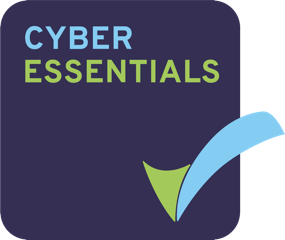Ransomware
Ransomware group, DarkSide, earned over $90 million in just 9 months, according to researchers who tracked down its Bitcoin records. UK blockchain analytics firm, Elliptic, said it found 47 separate wallets (an average $1.9 million ransom per victim). DarkSide operated a Ransomware as a Service (RaaS) model in which affiliates used its tools, and any ill-gotten gains were divided, with the developers taking between 25%-10% of the loot. At least that was the idea. In fact, a number of the affiliates are complaining they were never paid.
DarkSide says it has shut up shop, apparently in response to the furore around the attack on Colonial Pipeline that shut down most of the US east coast's fuel distribution network. In announcing the closure, DarkSide said it had lost control of key parts of its infrastructure, according to a post spotted by Recorded Future. Of course, the idea that the people behind DarkSide have retired to a beach to count their cash is far-fetched to say the least. The profits to be made from ransomware are simply too profitable to resist, and there are persuasive signs that some of the group's affiliates are still in business.
All this means that the number of ransomware attacks will almost certainly grow, and it's vital to protect against them. The key risk is no longer simply lack of access to data that have been encrypted, but also the publication of sensitive information. A report from Zscaler illustrates the problem. "New methods like double extortion and DDoS attacks [are] making it easy for cybercriminals to sabotage organizations and do long-term damage to their reputation," Zscaler says. The UK's National Cyber Security Centre has advice here.
